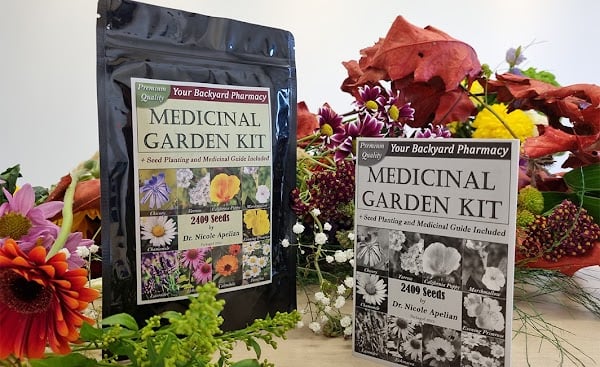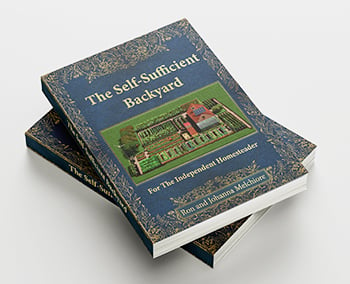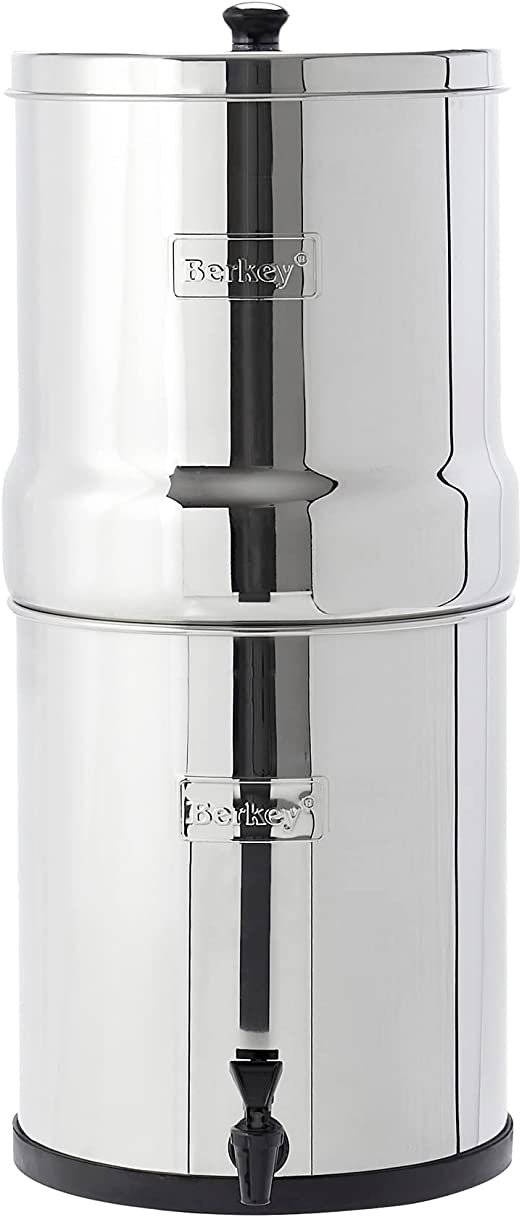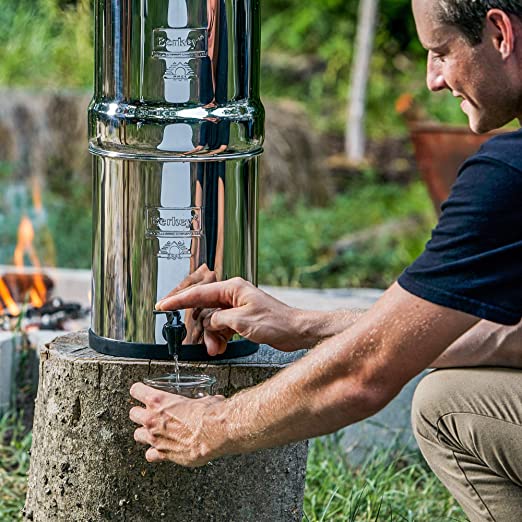How to Purify Water with Household Supplies: A Guide for Emergency Situations and Outdoor Adventures
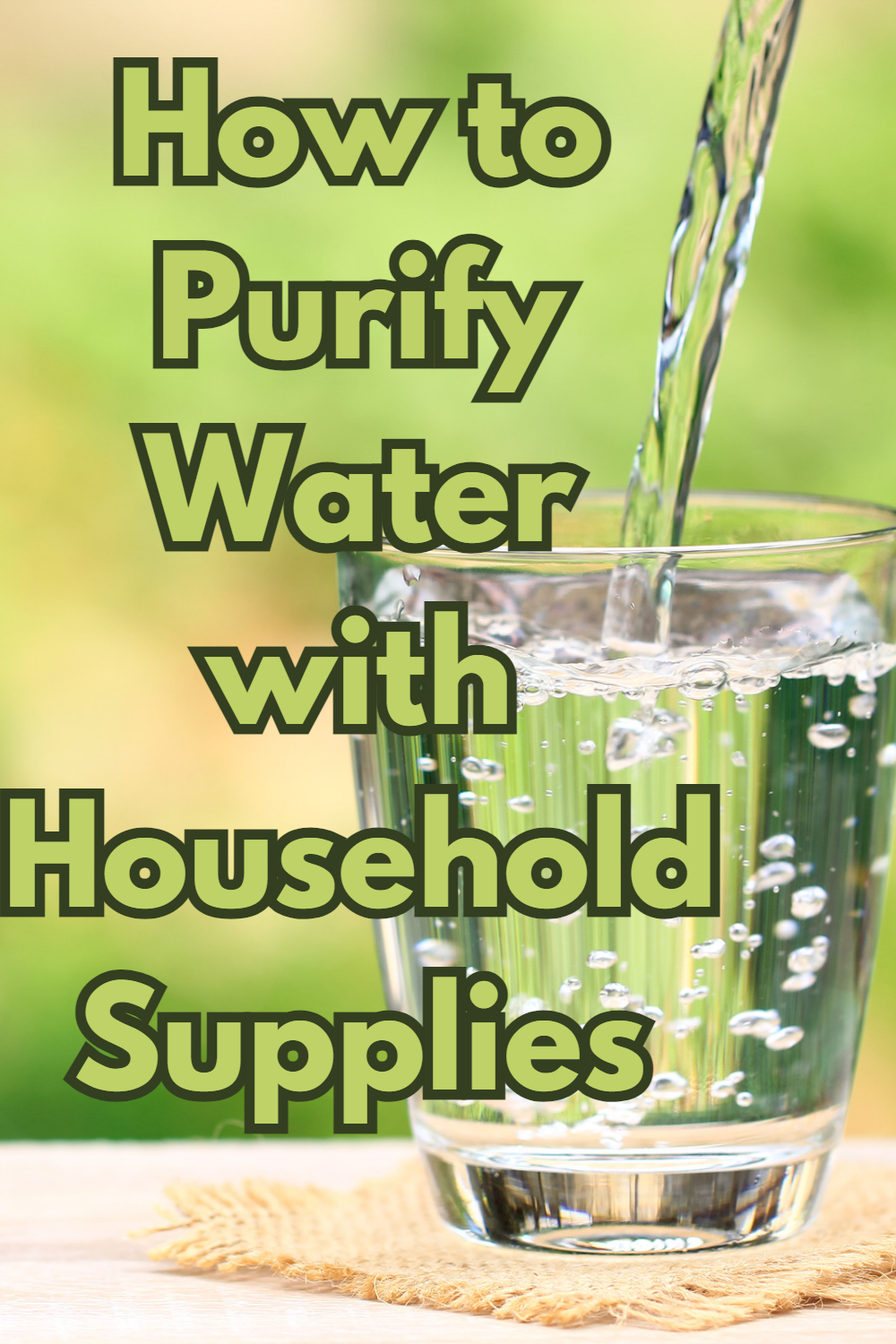
How to Purify Water with Household Supplies
Having access to clean drinking water is crucial for our health and survival. Unfortunately, many people around the world do not have access to clean water sources, and even those of us who do may find ourselves in emergency situations where our water supply becomes contaminated. In such cases, it's important to know how to purify water using household supplies.
Boiling Water
Boiling water is the most effective and easiest way to purify water. All you need is a heat source, a pot, and a container to hold the purified water. Here's how to do it:
Collect water from a safe source and pre-filter it if necessary.
Bring the water to a rolling boil.
Let the water boil for at least 1 minute (3 minutes if you're above 6,562 feet/2,000 meters elevation) to kill any bacteria, viruses, or parasites.
Let the water cool and transfer it to a clean container for storage.
If you do not have access to a heat source or a pot, you can also purify water using solar disinfection (SODIS). To use this method, fill a clear plastic bottle with water and leave it in the sun for at least 6 hours (or 2 days if it's cloudy).
Chemical Purification
Chemical purification is another way to make water safe to drink. To purify water using just the bare essentials, you'll need a chemical disinfectant and a container. Here are two commonly used chemicals and how to use them:
Bleach:
Bleach can be used to purify water in emergency situations.
Make sure to use regular unscented bleach with no added cleaners or other chemicals.
The recommended concentration of bleach for water purification is 8 drops of 6% bleach per gallon of water.
Here's how to use bleach to purify water: Collect water from a safe source and pre-filter it if necessary.
Add the recommended amount of bleach to the water and stir or shake the container to mix it in.
Let the water sit for 30 minutes to allow the bleach to work.
After 30 minutes, the water should be safe to drink.
If the water still has a slight chlorine odor, you can let it sit for a few more minutes or add a pinch of salt to improve the taste.
Iodine:
Iodine can also be used to purify water in emergency situations. However, it's important to note that people with thyroid problems or allergies to iodine should not use this method.
The recommended concentration of iodine for water purification is 5 drops of 2% iodine solution per quart of water.
Here's how to use iodine to purify water:
Collect water from a safe source and pre-filter it if necessary.
Add the recommended amount of iodine to the water and stir or shake the container to mix it in.
Let the water sit for at least 30 minutes to allow the iodine to work. If the water is cloudy or very cold, you may need to let it sit for longer.
After the appropriate wait time, the water should be safe to drink.
If the water still has a slight iodine taste or odor, you can add a small amount of ascorbic acid (vitamin C) or activated carbon to improve the taste.
It's important to note that chemical purification methods may not be safe for long-term use, as some chemicals can be harmful if ingested in large quantities.
Be sure to follow instructions carefully and use only as a last resort when no other purification methods are available.
Water Filters
Another way to purify water is by using a water filter.
There are many types of water filters available online.
Gravity-Fed Water Filters
Gravity-fed water filters are a great option for purifying water in emergency situations or for outdoor activities like camping and hiking.
The Big Berkey Gravity-Fed Water Filter with 2 Black Berkey Elements is a popular and effective option that can provide clean, refreshing water in a variety of situations.
The Big Berkey system uses a gravity-fed design to filter water through its two Black Berkey filter elements, which are made of a proprietary blend of six different media types that can remove a wide range of contaminants.
The system can filter up to 3.5 gallons of water per hour, and the filters can last for up to 6,000 gallons before needing to be replaced.
To use the Big Berkey system, simply fill the upper chamber with water from a safe source and let gravity do the rest.
The filtered water will collect in the lower chamber and can be accessed through a spigot for drinking or other uses.
While the Big Berkey system can be a bit more expensive than other purification methods, it is a durable and effective long-term solution for those who want to ensure access to clean drinking water in a variety of situations.
Conclusion
Having access to clean drinking water is essential for our health and well-being, but it's not always readily available.
Knowing how to purify water using household supplies can be a lifesaving skill in emergency situations or when traveling in areas with questionable water sources.
Boiling water and chemical purification methods are effective and low-cost options for purifying water, but they may not be suitable for long-term use.
Gravity-fed water filters like the Big Berkey system offer a more durable and effective solution for those who want to ensure access to clean drinking water in a variety of situations.
